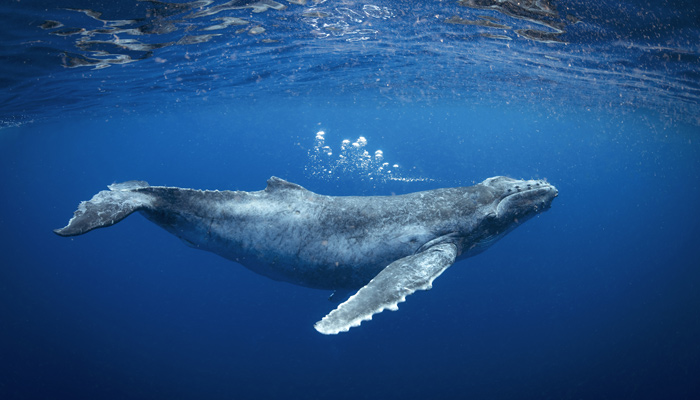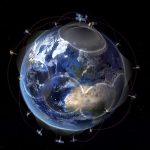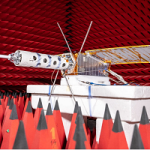← Back
Animal Telemetry Network: Understanding Marine Life movement
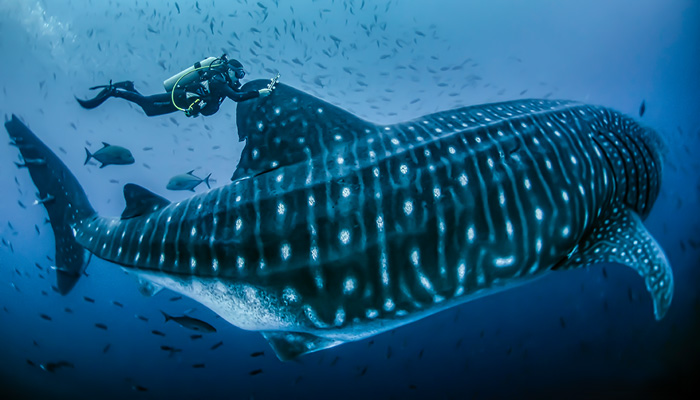
Instrumenting animals with transmitters has been done for a number of years, in particular using the ARGOS satellite system, to gain knowledge on their ecology, assess species vulnerability to environmental changes and/or species distributions. Nowadays, those transmitters also enable to measure variables such as temperature, conductivity, luminosity, oxygen and chlorophyll, data that is also essential for ocean modeling and forecasting.
Operating under NOAA’s Integrated Ocean Observing System (IOOS), the multi-agency U.S. Animal Telemetry Network (ATN) was developed during 2016 to provide unity, stability, and continuity to the national infrastructure that facilitates the collection, management, standardization, and availability of marine life telemetry data derived through Argos satellite transmitters, archival, and acoustic tags.
Telemetry observations provide scientific information to facilitate the conservation and management of marine fisheries, endangered and/or protected species. Data are used to assess the potential effects of anthropogenic disturbances on marine species, support decisions about restoring healthy coastal ecosystems and communities, and improve ocean modeling and forecasting for public safety.
Understanding marine animal movement is critical to meeting numerous statutory requirements for Federal agencies including NOAA’s National Ocean Service (NOS) and National Marine Fisheries Service (NMFS), the Office of Naval Research (ONR), and the Bureau of Ocean Energy Management (BOEM), to name a few.
The ATN in Action
Tagged Animals Help with Hurricane Prediction.
As tagged animals descend and ascend through the water column, they become ocean profilers, whereby they collect oceanographic observations such as temperature and salinity at depth through time and space. These measurements are transmitted through the Argos satellite system to the Animal Telemetry Network, who in turn submits these data to NOAA’s National Data Buoy Center (NDBC) for insertion onto the Global Telecommunication System (GTS).
These data can then be integrated with other oceanographic products to inform weather and hurricane forecasts by NOAA’s National Weather Service (NWS) and other modeling centers world-wide.
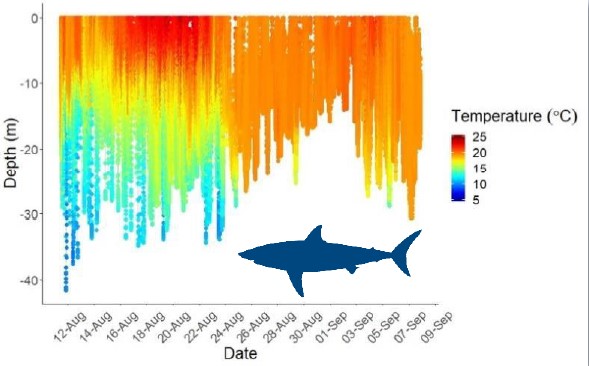
Shaw et al. (2021) Frontiers in Marine Science. (doi.org/10.3389/fmars.2021.643831)
Interview with ATN Data Coordinator Dr. Megan McKinzie
Thomas Gray, our Argos expert at Woods Hole Group, recently sat down with Dr. Megan McKinzie (ATN’s Data Coordinator) for a brief Q & A about the ATN. Megan interfaces with the U.S. marine animal telemetry community and communicates with scientists on data policies and data management best practices for telemetry management systems.
The ATN’s Data Assembly Center (DAC) has collected data from over 8,000 tags spanning well over 100 marine species. How have researchers contributed their data and how can new researchers contribute?
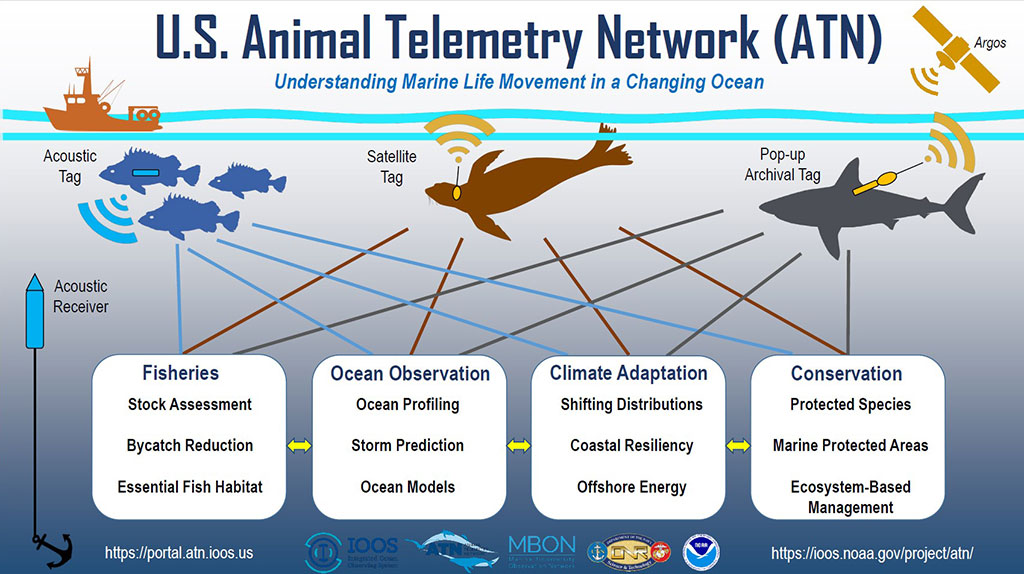 Any researcher from the marine animal telemetry community can submit data to the ATN DAC. Contributing data is a way to share your research with the general public as well as other researchers, managers, agency stakeholders and beyond. Researchers can register themselves, their satellite telemetry projects, and associated metadata using the ATN Registration App. Argos data can be submitted directly to the DAC through a satellite tag vendor or through on-copy access provided by the Woods Hole Group.
Any researcher from the marine animal telemetry community can submit data to the ATN DAC. Contributing data is a way to share your research with the general public as well as other researchers, managers, agency stakeholders and beyond. Researchers can register themselves, their satellite telemetry projects, and associated metadata using the ATN Registration App. Argos data can be submitted directly to the DAC through a satellite tag vendor or through on-copy access provided by the Woods Hole Group.
Alternatively, researchers can manually upload data through our data management platform, the Research Workspace. For more information about how to submit data to the ATN DAC, see our website or reach out to me directly at mmckinzie@mbari.org.
How can Argos users get more information about the Argos Fees Program?
As an added incentive, the ATN has implemented a multi-year program funded by the Office of Naval Research to cover the cost of Argos satellite tracking services for marine animal telemetry researchers wishing to become new data contributing members to the DAC. More information about our Argos Fees Program, eligibility requirements and coverage policies can be found on the ATN website.
Are there species that you feel are not well represented that you would like to see included in the ATN?
Most of the data presently integrated into the ATN are from species tagged with Argos satellite transmitters and are therefore from larger charismatic megafauna and other highly migratory species. However, the ATN is interested in data from any and all marine species, ranging in size from tiny salmon smolt to large blue whales. We’re interested in data from fisheries, protected, endangered and/or other managed species as well as from animals tagged with other archival or acoustic telemetry devices. If you can tag it, we’d like to hear about it.
Thank you, Dr. McKinzie for talking with us today. If you have a tagging project planned, discover our solutions dedicated to wildlife monitoring.
